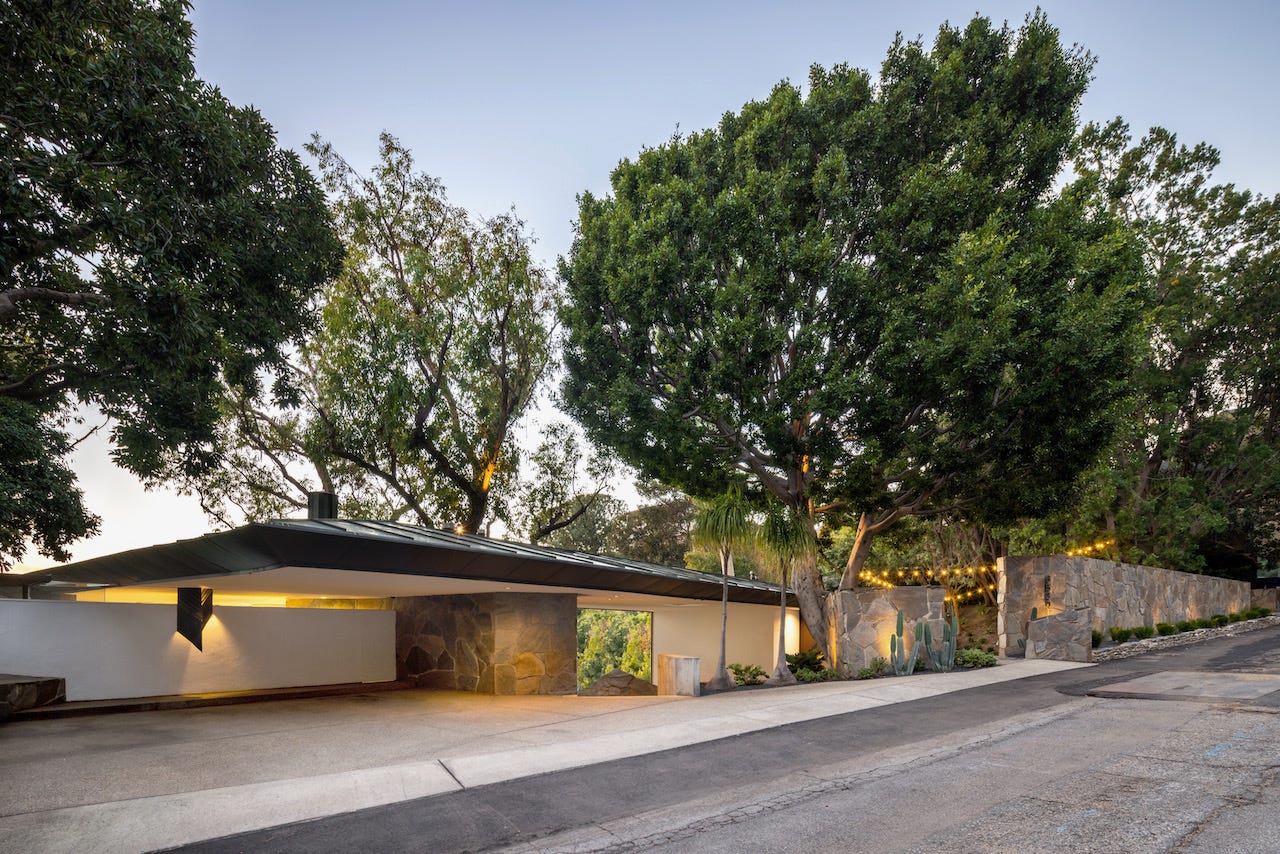The Lasting Impact of Mid-Century Modernist Architecture
How Mid-Century Modern Continues to Shape Contemporary Architecture
After looking at the core ideas of mid-century modernism and how they shaped interior design, we’re now turning to how these same principles guide architects today.
Whether they’re designing new homes or renovating older ones, many architects still draw from mid-century ideas to create spaces that are simple, functional, and connected to their surroundings.
Mid-century modernist architecture, remains one of the most influential design movements in contemporary architecture. Today, its principles continue to inspire architects and designers, shaping modern homes and public spaces alike.
Do you have 2 minutes? Please take a moment to fill out our Substack survey. Your feedback will help us immensely in creating stories that match your interests. Thank you in advance for your contribution!
(Marco Guagliardo - Mid-Century Home’s Editor in Chief)

Key Characteristics of Mid-Century Modernism
Mid-century modernist architecture remains one of the most influential design movements in contemporary architecture. Defined by its clean lines, open spaces, and seamless integration with nature, it responded to post-war societal and technological shifts.
Architects, eager for new directions after the Second World War, embraced fresh materials such as steel, glass, and plywood. They broke away from heavy ornamentation and formal layouts, favouring open plans and strong links to the outdoors.
This style reflected a mood of optimism and progress. It also aligned with the broader desire for practical, modern living. Although decades have passed, the principles that drove mid-century modernism continue to inspire architects and designers. Many present-day homes and public spaces preserve its focus on simplicity, functionality, and honest materials.
Keep reading with a 7-day free trial
Subscribe to Mid-Century Home to keep reading this post and get 7 days of free access to the full post archives.




